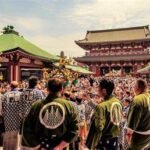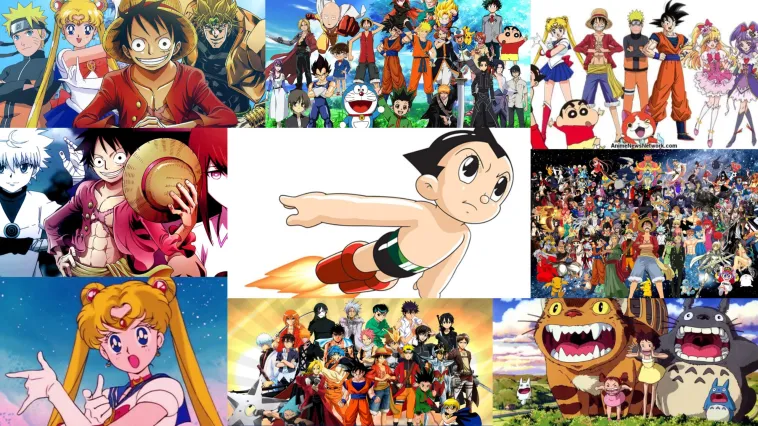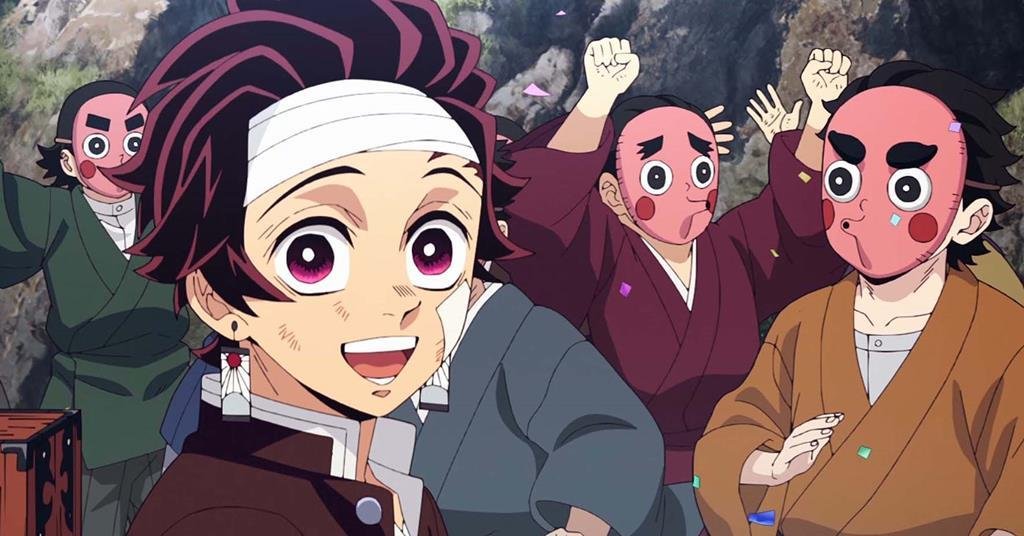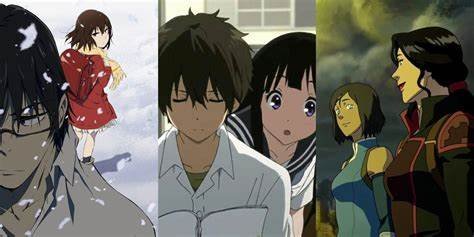Anime films are renowned for their ability to transport viewers to fantastical realms, presenting imaginative worlds that stretch the limits of creativity. Yet, beneath the surface of these enchanting settings lies a reflection of real-world themes and issues. This article explores how anime films contrast fantasy with reality, delving into how they create captivating worlds while addressing deeper truths about our own world.
1. Creating Enchanting Fantasy Worlds
Anime films often excel in crafting fantastical realms that captivate and inspire audiences. These worlds can range from magical kingdoms and futuristic cities to mythical landscapes.
a. World-Building Techniques
Anime creators use various techniques to build immersive fantasy worlds. Studio Ghibli films, such as “Spirited Away” and “Howl’s Moving Castle,” showcase intricate designs and imaginative settings that captivate the audience. The use of detailed backgrounds, imaginative creatures, and magical elements creates a sense of wonder and escapism.
b. Unique Visual Styles

The visual style of anime can greatly enhance the fantasy experience. For instance, Makoto Shinkai’s films, like “Your Name,” employ stunning animation and vibrant color palettes to bring their fantastical elements to life. This visual appeal helps to transport viewers to realms beyond their imagination.
2. Reflecting Real-World Themes and Issues
While anime films often dive into fantastical settings, they frequently address real-world themes and social issues through their narratives.
a. Social Commentary
Anime films often explore social and cultural issues within their fantasy contexts. “Princess Mononoke,” for example, uses its fantastical world to comment on environmentalism, industrialization, and the human-nature relationship. The film’s conflict between industrial forces and nature spirits mirrors real-world environmental struggles.
b. Personal Struggles and Growth
Many anime films use fantasy settings to address personal growth and emotional challenges. “A Silent Voice” employs its narrative to explore themes of bullying, guilt, and redemption. The fantastical elements are less prominent here, allowing the film’s real-world issues to take center stage.
3. Juxtaposing Fantasy and Reality
Anime films often juxtapose fantasy and reality, blending imaginative worlds with real-life concerns to create a balanced narrative.
a. Escapism with Real-World Reflection
Films like “The Girl Who Leapt Through Time” use fantastical elements, such as time travel, to explore personal and emotional challenges. The fantasy of time travel serves as a backdrop for addressing real issues like regret, the consequences of choices, and the passage of time.
b. Mythical Elements in Everyday Life
Some anime films integrate mythical elements into everyday life, blurring the lines between fantasy and reality. “My Neighbor Totoro” presents magical creatures within a real-world setting, emphasizing how the fantastical can enrich our understanding of the mundane.
4. The Impact of Fantasy on Real-World Perspectives
Fantasy elements in anime can have a profound impact on viewers’ perspectives and understanding of reality.
a. Inspiration and Reflection
Fantasy worlds often inspire viewers and offer new ways of thinking about real-world problems. The imaginative settings and scenarios can encourage viewers to reflect on their own lives and challenges from a fresh perspective.
b. Emotional Resonance
The emotional journeys experienced in fantastical settings can resonate deeply with viewers, often highlighting universal themes that are relevant to real life. “Your Name” deals with themes of connection and loss, using its fantasy elements to enhance the emotional impact of the story.
5. Blurring the Boundaries Between Fantasy and Reality
Some anime films skillfully blur the boundaries between fantasy and reality, creating narratives that seamlessly intertwine the two.
a. Hybrid Worlds
Films like “Paprika” combine elements of fantasy and reality, exploring the dream world as a place where the subconscious and the real world intersect. This blend of worlds creates a unique narrative that challenges perceptions and explores the nature of reality.
b. Real-World Inspirations in Fantasy Settings
Many anime films draw inspiration from real-world cultures, histories, and experiences while presenting them in fantastical contexts. “The Tale of the Princess Kaguya” incorporates elements of traditional Japanese folklore while addressing universal themes of identity and belonging.
Conclusion
Anime films offer a rich tapestry of fantasy and reality, creating worlds that captivate the imagination while reflecting on real-life themes and issues. By exploring these contrasting elements, anime provides viewers with both an escape from the mundane and a deeper understanding of the world around them.










